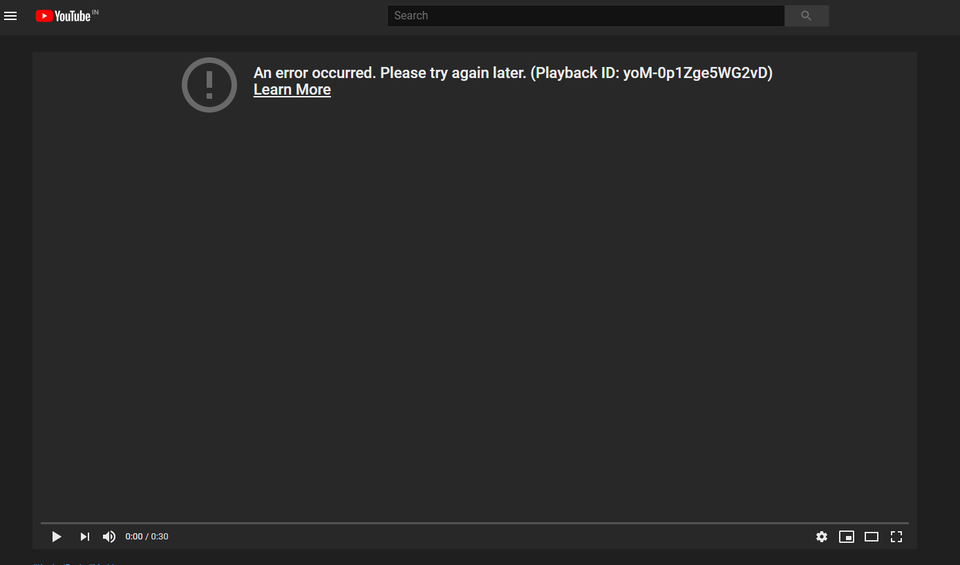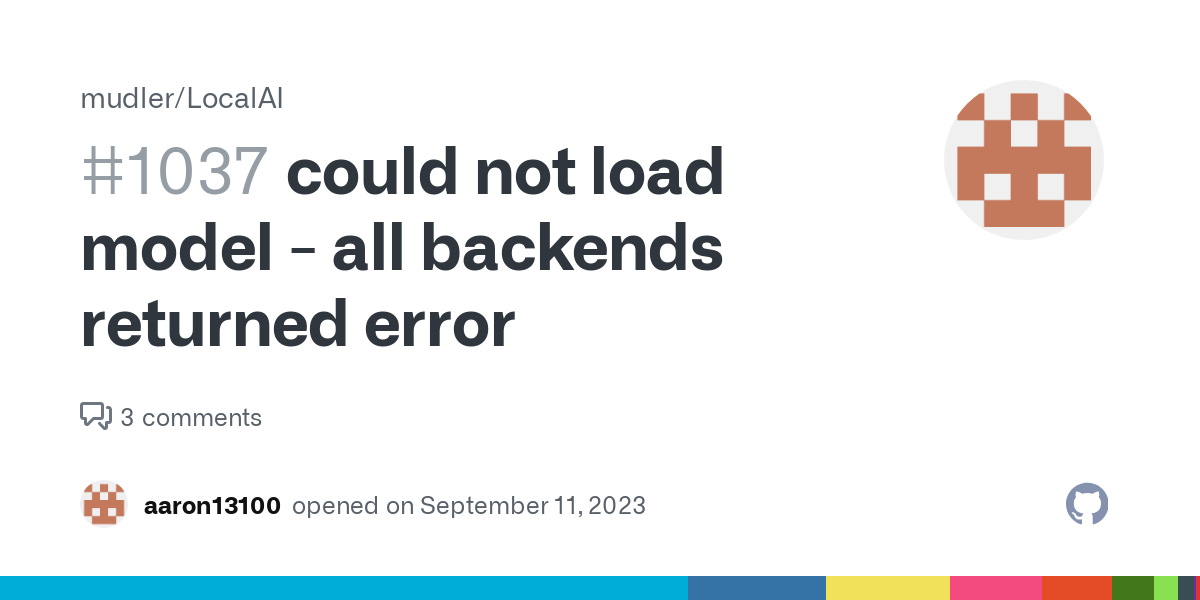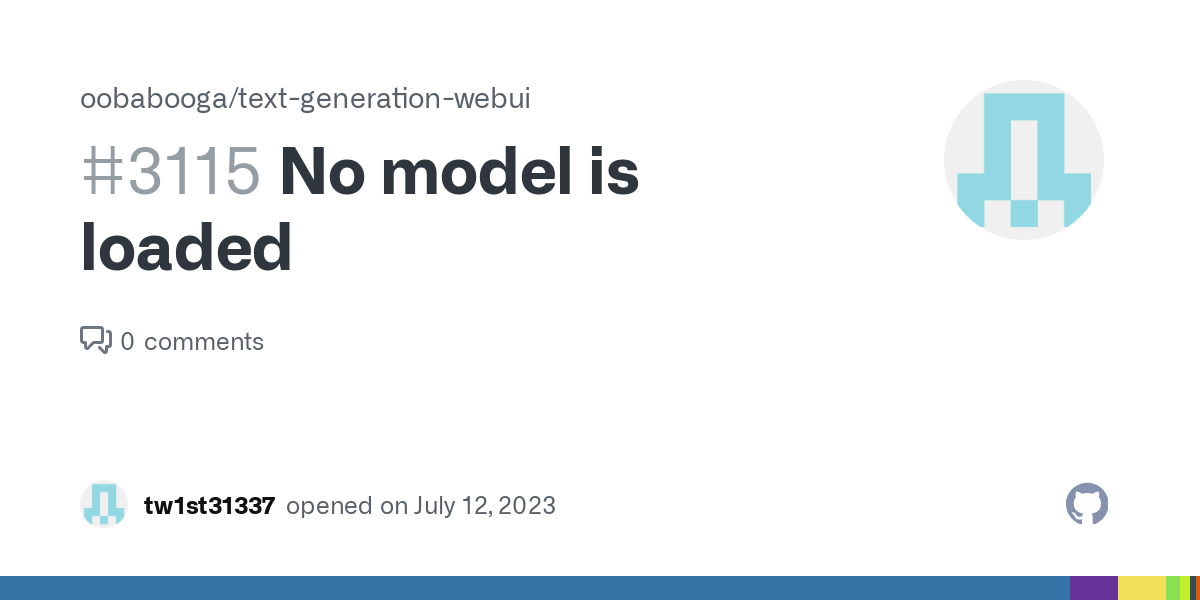Impact of rmm on cybersecurity and data protection for MSPs – RMM’s Impact on Cybersecurity and Data Protection for MSPs: In today’s hyper-connected world, managing cybersecurity risks is paramount for Managed Service Providers (MSPs). Remote Monitoring and Management (RMM) solutions have emerged as crucial tools, offering a proactive approach to threat detection, data protection, and overall security posture enhancement. This deep dive explores how RMM significantly impacts the cybersecurity landscape for MSPs, examining its capabilities in threat prevention, data backup and recovery, security auditing, user access management, and incident response.
We’ll also address potential security risks associated with RMM and strategies for mitigation.
From automated patching and vulnerability scanning to streamlined incident response and robust data backup strategies, RMM empowers MSPs to deliver comprehensive cybersecurity services to their clients. This comprehensive approach not only safeguards client data but also strengthens the MSP’s own security infrastructure, fostering a more resilient and trustworthy ecosystem. Understanding the nuances of RMM implementation and its integration with other security tools is key to maximizing its effectiveness and minimizing potential vulnerabilities.
Remote Monitoring and Response for Enhanced Security: Impact Of Rmm On Cybersecurity And Data Protection For MSPs

Remote Monitoring and Management (RMM) solutions are revolutionizing cybersecurity for Managed Service Providers (MSPs). By providing comprehensive visibility into client networks, RMM tools empower proactive security measures, significantly reducing vulnerabilities and the impact of potential breaches. This proactive approach, coupled with automated responses, sets a new standard for robust cybersecurity defenses.RMM enhances cybersecurity posture through continuous monitoring of endpoints and network devices.
This constant surveillance detects anomalies and potential threats far earlier than traditional, reactive methods. Features like vulnerability scanning, patch management, and real-time system health checks provide MSPs with crucial insights into the security status of their clients’ environments. This allows for immediate action to mitigate risks before they escalate into major incidents.
Robust RMM solutions are crucial for MSPs, bolstering cybersecurity and data protection. Efficiently managing these systems requires a highly engaged and productive team, which is why understanding how to choose the right HRIS system for employee engagement and productivity is key. Ultimately, a well-chosen HRIS contributes directly to improved RMM implementation and stronger client security.
Real-time Alerts and Automated Responses for Security Incidents
Real-time alerts are a cornerstone of effective RMM-driven security. These alerts, triggered by pre-defined rules and thresholds, immediately notify MSPs of suspicious activity, such as malware infections, unauthorized access attempts, or unusual network traffic patterns. This immediate notification is critical, as rapid response is paramount in minimizing the damage caused by security incidents. Furthermore, the ability to automate responses to certain alerts, such as automatically quarantining infected files or blocking malicious IP addresses, dramatically reduces the time and resources required to contain threats.
This automation minimizes human error and ensures consistent, rapid responses even during high-pressure situations.
The Role of RMM in Incident Response and Remediation
RMM plays a crucial role throughout the entire incident response lifecycle. From initial detection and analysis to containment, eradication, and recovery, RMM tools provide MSPs with the necessary tools and information to effectively manage security incidents. The ability to remotely access and control affected systems allows for rapid containment of threats, preventing further spread and minimizing damage. Moreover, RMM’s centralized management console provides a single pane of glass view of the entire affected environment, enabling efficient coordination and collaboration during incident response efforts.
Post-incident, RMM assists in the recovery process, allowing for quick restoration of systems and data from backups, minimizing downtime and business disruption.
Scenario: Efficient Response to a Ransomware Attack
Imagine a small business client of an MSP experiences a ransomware attack. The attack begins with a phishing email containing a malicious attachment. Within minutes, the RMM system detects unusual file activity on the affected endpoint – a significant increase in encrypted files and network communication to suspicious IP addresses. Real-time alerts immediately notify the MSP’s security team.
The automated response protocol automatically isolates the infected machine from the network, preventing the ransomware from spreading to other systems. The MSP’s security team remotely accesses the affected system via the RMM platform, analyzes the attack, and identifies the ransomware variant. Using the RMM’s integrated remote wipe capabilities, they remove the malware and restore the system from a recent backup, minimizing data loss and restoring operations quickly.
The entire incident response, from detection to recovery, is significantly expedited and streamlined by the RMM system.
Security Risks Associated with RMM Solutions

Remote Monitoring and Management (RMM) solutions, while offering significant benefits for MSPs, introduce a new layer of security complexity. A breach in an RMM platform can have devastating consequences, impacting not only the MSP itself but also all its clients. Understanding and mitigating these risks is paramount for maintaining robust cybersecurity posture.
The inherent nature of RMM – providing centralized access to numerous client systems – creates a large attack surface. A compromised RMM platform could grant attackers access to sensitive data across multiple organizations, leading to widespread data breaches and significant financial losses. This necessitates a proactive and comprehensive approach to security, encompassing both technical configurations and robust security policies.
Potential Security Vulnerabilities in RMM Platforms, Impact of rmm on cybersecurity and data protection for MSPs
RMM platforms, like any software, are susceptible to vulnerabilities. These vulnerabilities can range from software bugs and outdated components to insecure configurations and weak access controls. Exploiting these weaknesses can allow attackers to gain unauthorized access, steal data, deploy malware, or disrupt services. For example, a known vulnerability in a specific RMM agent could allow an attacker to execute arbitrary code on a client machine, granting them complete control.
Similarly, outdated components may contain known exploits that attackers can leverage.
Importance of Secure RMM Configurations and Best Practices
Implementing secure RMM configurations and adhering to best practices is crucial to minimizing the risk of compromise. This involves regularly updating the RMM software and its agents to patch known vulnerabilities, configuring strong passwords and multi-factor authentication (MFA), and employing robust access control mechanisms. Regular security audits and penetration testing can identify and address potential weaknesses before they can be exploited by malicious actors.
For instance, a poorly configured RMM platform might allow unauthorized users to access sensitive client data simply due to inadequate password policies or a lack of MFA.
Risks of Insufficient Access Control and Permissions within RMM
Insufficient access control and permissions represent a major security risk. If administrators have excessive privileges or if permissions aren’t granularly defined, an insider threat or a compromised administrator account could lead to a catastrophic data breach. For example, an administrator with unrestricted access could potentially delete client data or deploy malware across numerous systems. Similarly, inadequate role-based access control (RBAC) can leave certain systems vulnerable to unauthorized access.
Properly defined roles and permissions ensure that only authorized individuals have access to specific functions and data.
Recommendations for Mitigating Security Risks Associated with RMM Deployment
Implementing a robust security strategy for RMM deployment is essential to minimize the risks. This requires a multi-layered approach encompassing both technical and procedural safeguards.
- Regularly update the RMM software and agents to patch vulnerabilities.
- Implement strong password policies and enforce multi-factor authentication (MFA) for all users.
- Utilize granular role-based access control (RBAC) to limit user privileges to only what is necessary.
- Regularly audit access logs to detect suspicious activity.
- Conduct regular security assessments and penetration testing to identify vulnerabilities.
- Segment networks to isolate sensitive data and limit the impact of a potential breach.
- Employ robust endpoint security solutions on managed devices, including antivirus and endpoint detection and response (EDR).
- Implement data loss prevention (DLP) measures to prevent sensitive data from leaving the network.
- Establish comprehensive incident response plans to handle security incidents effectively.
- Keep detailed records of all security configurations and changes.
Integrating RMM with Other Security Tools

Leveraging the power of Remote Monitoring and Management (RMM) extends far beyond basic endpoint management. Seamless integration with other security tools significantly boosts an MSP’s cybersecurity posture, creating a robust and proactive defense against evolving threats. This synergy allows for a more comprehensive view of the IT environment and facilitates faster, more effective responses to security incidents.Integrating RMM with other security solutions creates a powerful ecosystem for enhanced threat detection and response.
By sharing data and automating workflows, these integrations streamline processes, improve visibility, and ultimately strengthen the overall security posture. This approach moves beyond reactive security measures to a more proactive and preventative model.
Benefits of RMM Integration with SIEM and SOAR
The combined power of RMM, Security Information and Event Management (SIEM), and Security Orchestration, Automation, and Response (SOAR) tools offers a significant advantage in managing cybersecurity risks. RMM provides the granular endpoint visibility, while SIEM aggregates and analyzes security logs from various sources, including the RMM system itself. SOAR then automates incident response based on the insights gleaned from the SIEM.
This closed-loop system dramatically improves efficiency and reduces the mean time to resolution (MTTR) for security incidents. For example, a suspicious process detected by the RMM can trigger an alert in the SIEM, which then automatically initiates a SOAR workflow to isolate the affected endpoint and launch a malware scan. This automation frees up security personnel to focus on more complex tasks.
Examples of Successful Integrations
Several successful integrations demonstrate the power of combining RMM with other security tools. For instance, integrating an RMM platform like Datto RMM with a SIEM like Splunk allows for real-time correlation of endpoint events with broader network security data. This integration allows security analysts to quickly identify and respond to threats that might otherwise go unnoticed. Similarly, integrating an RMM with a SOAR platform like Palo Alto Networks Cortex XSOAR enables automated responses to security alerts, such as patching vulnerabilities or isolating infected machines.
These integrated systems provide a more comprehensive and efficient approach to cybersecurity.
Diagram of RMM Integration with Other Security Tools
The diagram depicts a central RMM system acting as a hub connecting to various security tools. Arrows represent the flow of data and automated actions.The diagram shows the RMM system at the center. From the RMM, data flows to a SIEM system, which analyzes the data for threats. Simultaneously, the RMM also interacts directly with endpoint devices, performing tasks such as software updates and vulnerability scans.
If a threat is detected by the SIEM, or a critical vulnerability is identified by the RMM, the information is relayed to a SOAR system. The SOAR system then orchestrates automated responses, such as isolating infected systems, running malware scans, or initiating incident response procedures. The SOAR system may also interact directly with other security tools, like firewalls or intrusion detection systems, to implement further security measures.
Feedback loops exist between all systems, allowing for continuous monitoring and improvement of security protocols. The entire system is designed to be proactive, automating responses to threats and reducing the human intervention required to resolve security incidents. This integrated approach provides a holistic view of the IT environment, allowing for more effective and efficient threat management.